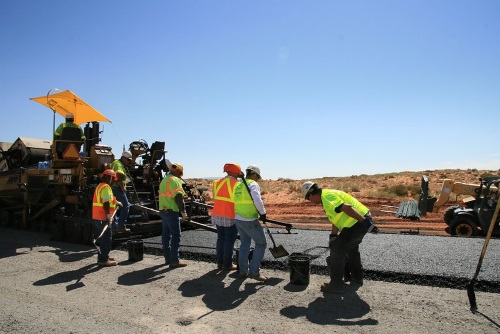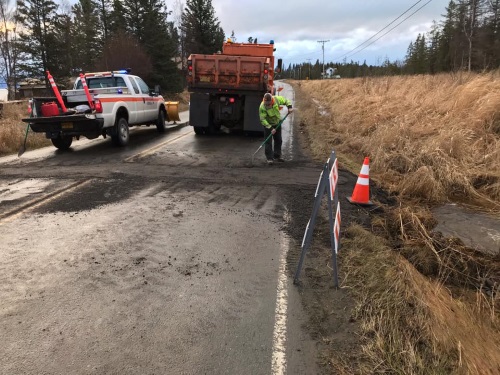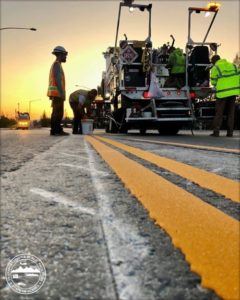In the latest episode of the Environmental Technical Assistance Program or ETAP Podcast, Carlos Swonke – environmental affairs division director for the Texas Department of Transportation – explained how his agency implements environmental Justice or “EJ” strategies within its transportation project work.
[Photo courtesy of the Texas Department of Transportation.]
According to the U.S. Department of Transportation, “EJ” refers to the process by which both the fair treatment and meaningful involvement of all people – regardless of race, ethnicity, income, national origin, or educational level – is integrated into the development, implementation, and enforcement of environmental laws, regulations, and policies.
Texas DOT’s Swonke noted during the 25-minute podcast that the National Environmental Protection Act or NEPA plays an important role in the EJ process.
“NEPA talks about addressing the natural and human environment,” he said. “More recently, in the last 10 to 15 years, we’ve looked harder at the social and economic impacts of transportation projects, especially on urban streets. NEPA is the umbrella law that puts us in the position of looking at those issues and conducting analysis to look at impacts on communities – especially minority and low-income populations.”
Swonke offered up an example of how EJ works within transportation project planning by highlighting the $7 billion North Highway Improvement Project, which seeks to reconfigure four interstates in and around the city of Houston.
“We’ve been working on this project for almost 10 years now and it will result in 160 single-family home relocations, 463 apartment unit relocations, 486 low income, and public housing relocations, and 344 businesses being displaced,” he said. “Along with public meetings to hear directly from affected communities, we engaged in technical analysis using 2010 census data and on-the-ground work to identify populations and neighborhoods considered to be EJ neighborhoods—information we just published in the final report on this project.” To listen to this podcast, click here.






